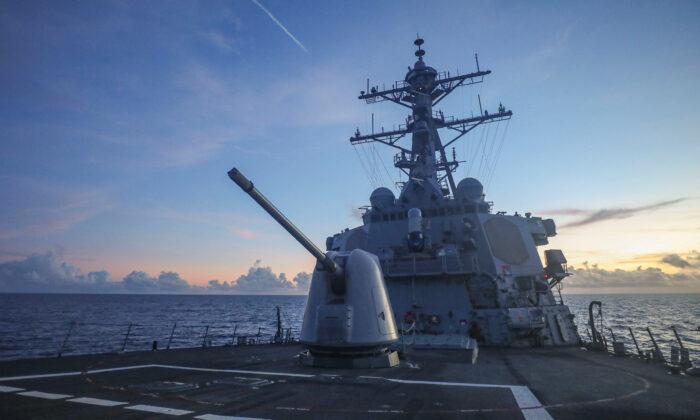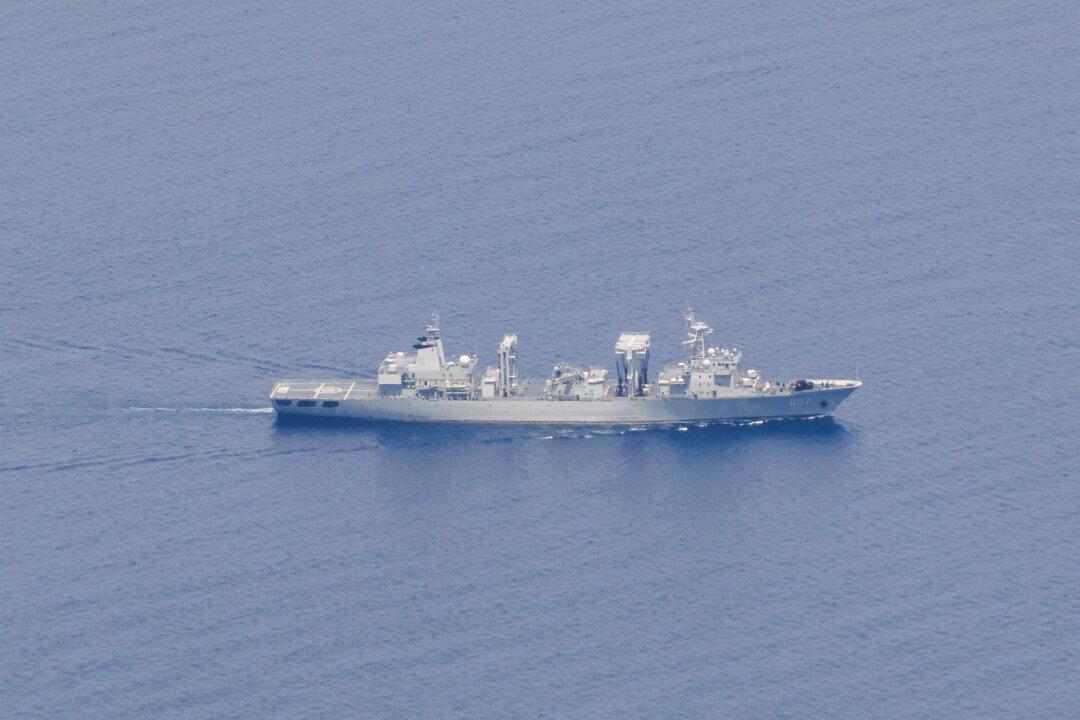How many U.S. Navy admirals, captains, and miscellaneous action officers on staff does it take to run a 30-year spreadsheet on the projected size of the Navy? Well apparently, either not enough or too many are involved at this point. Either way, the end number of the expanded U.S. Navy changes every time someone makes a coffee run to the Pentagon food court.
Deeper Institutional Issues
An illuminating Politico article on this topic caught my attention.“Navy shipbuilding plan” and “Politico article” aren’t normally spoken in the same sentence or story. Even those jaded and convinced of the utter fecklessness of the Pentagon’s bureaucratic processes and the need for a redo of the Title 10 environment are amazed at the high bar being set by this inability to establish a plan and stick to it.
There are four components to this equation for growing the U.S. Navy for deterrence and, if necessary, decisive victory over China and Russia: agreement on numbers of ships, agreement on types of ships, the schedule, and the industrial base to execute. All four, for some reason, appear to be lacking. This is a crisis. For the lack of a spreadsheet, the Republic collapsed.
You Can’t Run Shipbuilding Plan on Annual Appropriations
Budget and appropriation law is incredibly important for understanding the dysfunction. The U.S. government’s annual fiscal cycle has become a mess. Shipbuilding is run on annual appropriations. This doesn’t allow for an activity that takes years to physically produce. A large building or facility isn’t normally built off a process where the level and type of funding are unknown year to year.The reality is that departments and agencies receive their annual fiscal year funds from approximately January to March. By May to June, if the funds your activity receives haven’t been placed on contract, there’s a grave risk of a sweep up, i.e., the loss of your funds. We no longer have even a budget year; we have only a budget quarter.
We must “fence” and protect a five-year level of funding and let the Navy manage that with minimal year-to-year erratic changes in funds and requirements.
Congress loves to be able to exercise power over the purse and has a clear legal basis for this attitude. This proposed arrangement wouldn’t remove Congress, but would help return sanity to multi-year complex building processes—the Navy needs a much calmer planning environment to execute efficiently. A large building or facility built in this chaos would look like a mess and be yesterday’s solution delivered tomorrow. We must remove this same dysfunction from our shipbuilding plan.
Public Yards Dismal; Private Yards at Maximum Capacity
A key part of the plan to execute is the industrial base. Even if the Navy and the Pentagon could establish and stick with a spreadsheet for the growth of the fleet, there’s one significant issue. The existing industrial base of four U.S. Navy shipyards and six or so private shipyards needs great recapitalization to modernize and simultaneously expand to meet the need. In any conflict with China, we may not have access to ports and facilities on the West Coast.We’re in a precarious state right now—the nation needs a “Manhattan Project” to ram through the solution in short order to deliver deterrence and, if necessary, victory over the foreign threat.





